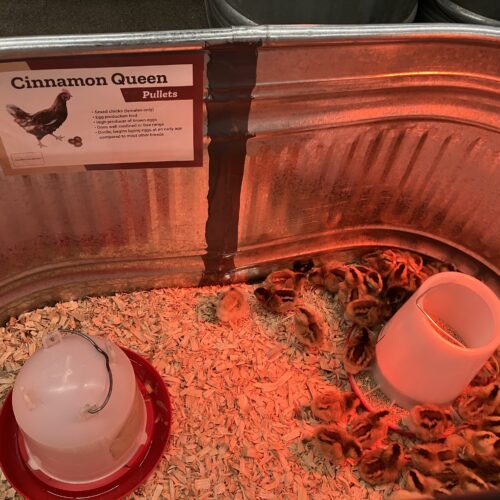
Rare Find: Wolverine Mother In Washington’s South Cascades
For the first time in recent history, a mother wolverine has been spotted in the southern part of Washington’s Cascade Mountains. The carnivores had been wiped out of the region after excessive hunting and trapping in the mid-1900s.
A female wolverine was first spotted in Washington’s southern Cascade Mountains two years ago. Wolverines look like small bears with bushy tails.
Since then, biologists were able to collect some of her DNA from hair samples.
This spring, they snapped a picture at a special wolverine monitoring station. That picture was able to show that she might have kits.
“It’s a good sign that wolverines are expanding their distribution in Washington,” said Jocelyn Akins, the conservation director with the Cascades Carnivore Project.
Biologists can identify individual wolverines from the unique patterns on their neck and chest. The site where they took the photos is so remote biologists couldn’t make it back out in a day.
Akins said biologists have also found the mother’s den — at the base of a very large boulder near the tree line. Wolverines burrow into the snowpack to build their dens.
“We hope that we’ll be able to see the kits come out of their den as the late spring progresses,” Akins said.
They estimate the kits are 9- or 10-weeks-old right now. The group will monitor the den with a remote camera.

An unknown male wolverine was spotted at a wildlife monitoring station. Courtesy of the Cascades Carnivore Project
Wolverines are candidates to be threatened species in Washington and are considered threatened in Oregon.
They traveled down from Canada and re-established habitat in the North Cascades. In northeastern Oregon a wolverine was recently found in the Wallowa Mountains.
Wolverines depend on ecologically fragile, snowy habitat, which is threatened by climate change.
Akins said wolverines are solitary and need a large areas to roam. These kits, which were found south of Interstate 90, could have a lot of distance to cover later in life.
“Unless there’s other wolverines south of I-90, they’re going to have to travel quite a distance to find a mate. So you can imagine the potential sources of mortality that would occur: the highways and vehicle collisions,” Akins said.
That’s one reason the wildlife overpasses on I-90 are important, she said, to connect the southern and northern Cascades.
This wolverine mother was the 37th wolverine documented in Washington. Biologists from the Yakama Nation found a male wolverine on the eastern slopes of Mount Adams in 2006. He also roamed up into the Goat Rocks Wilderness.
“The fact that wolverines are slowly making their way into southern Washington highlights how important connectivity is,” Akins said.
Copyright 2018 Earthfix
Related Stories:

Immigration enforcement concerns cause mixed attendance trends in North Central WA schools
Eastmont Junior High School students make their way past the 800 wing on the way to their second period in East Wenatchee. (Credit: Jacob Ford / Wenatchee World) Listen (Runtime

What’s fuzzy, cute and sold out? Chicks
As egg prices surge, baby chicks have been selling out across the region — and the country. (Credit: Susan Shain / NWPB) Listen (Runtime 3:59) Read The first person showed

Striking workers in Washington could get access to unemployment claims if bill passes
A proposed bill that would give striking workers some access to the state’s unemployment benefits is getting closer to becoming law in Washington.
Majority lawmakers in the House Committee on Labor & Workplace Standards moved the bill out of committee on Friday, with a recommendation to pass it. This, after the bill narrowly passed the senate with 28 yeas and 21 nays earlier this month.















